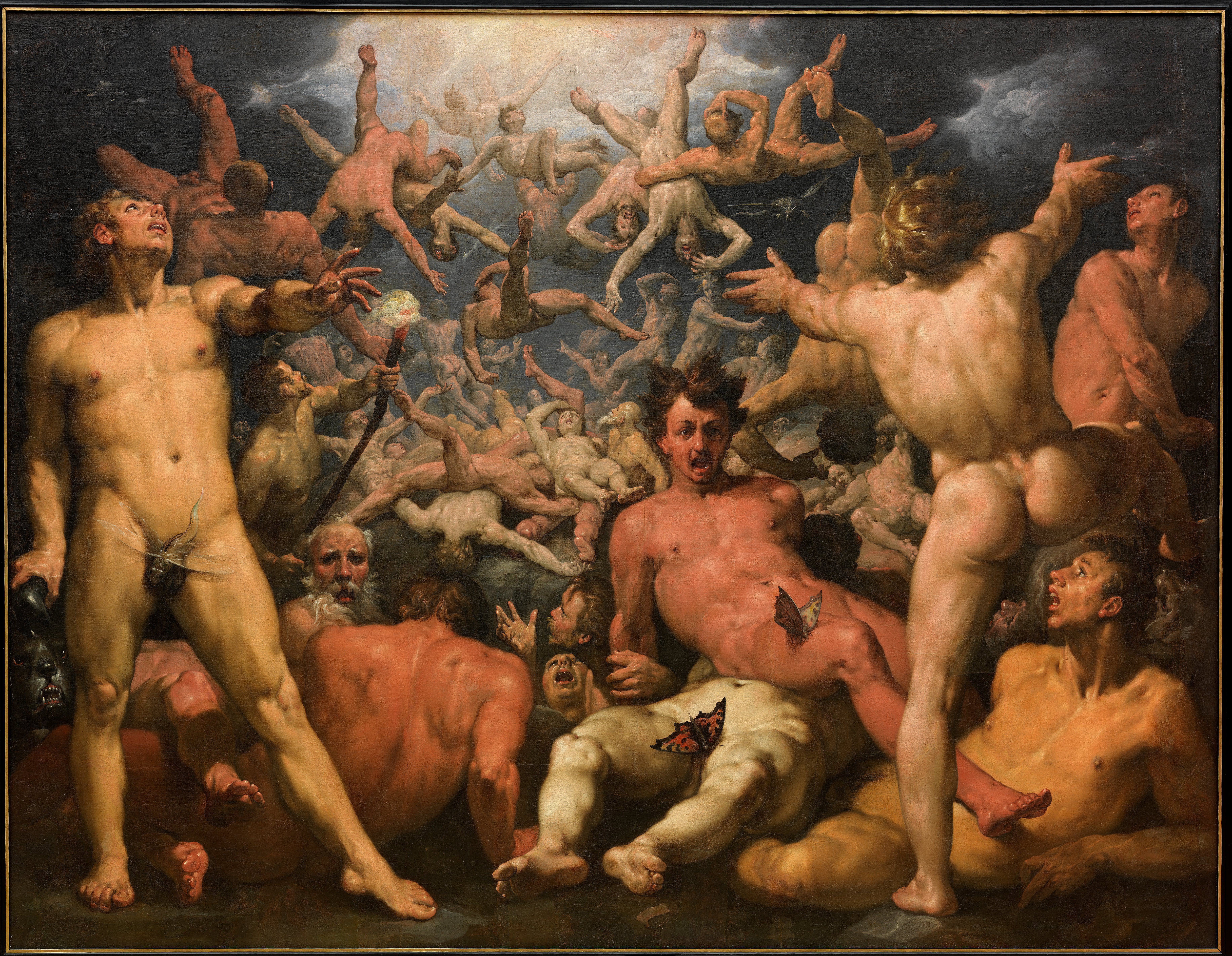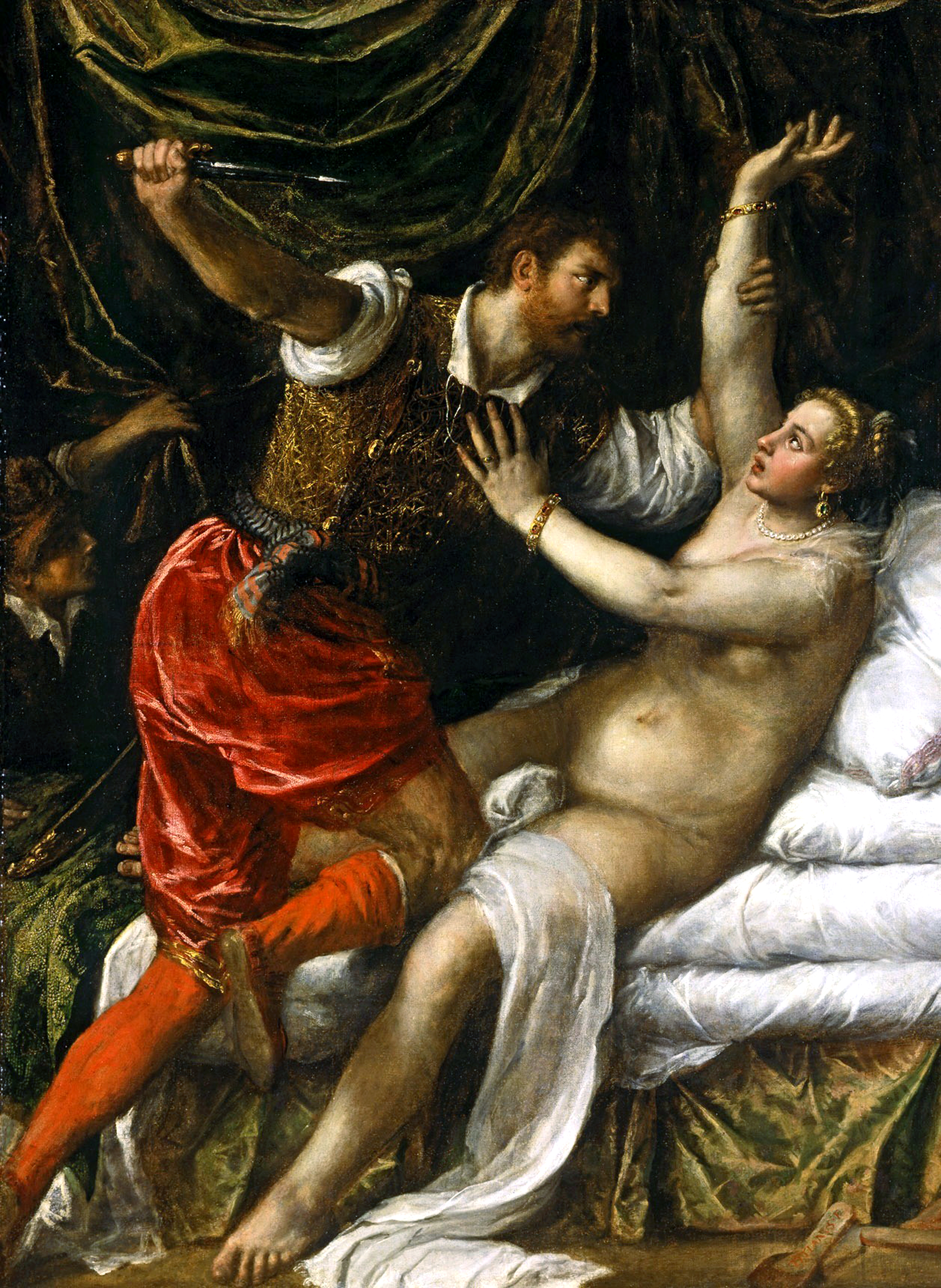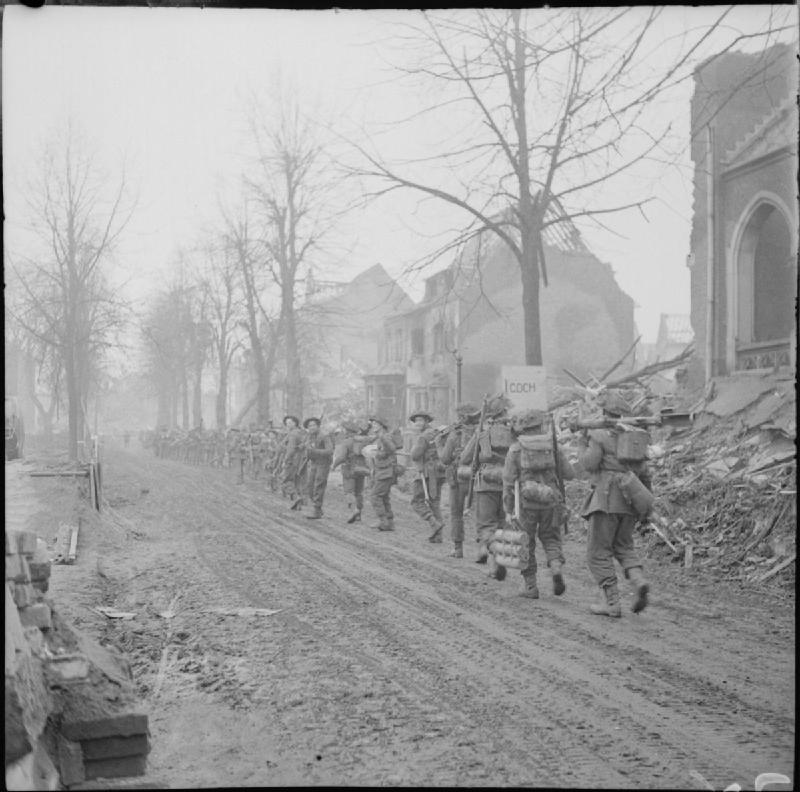|
Hendrick Goltzius
Hendrick Goltzius (, ; born Goltz; January or February 1558 – 1 January 1617) was a German-born Dutch printmaker, draftsman, and painter. He was the leading Dutch engraver of the early Baroque period, or Northern Mannerism, lauded for his sophisticated technique, technical mastership and "exuberance" of his compositions. According to A. Hyatt Mayor, Goltzius "was the last professional engraver who drew with the authority of a good painter and the last who invented many pictures for others to copy". In the middle of his life he also began to produce paintings. Biography Goltzius was born near Viersen in Bracht or Millebrecht, a village then in the Duchy of Julich, now in the municipality Brüggen in North Rhine-Westphalia. His family moved to Duisburg when he was 3 years old. After studying painting on glass for some years under his father, he learned engraving from the Dutch polymath Dirck Volckertszoon Coornhert, who then lived in Cleves. In 1577 he moved with C ... [...More Info...] [...Related Items...] OR: [Wikipedia] [Google] [Baidu] |
Brüggen, Germany
Brüggen () is a municipality in the district of Viersen, in North Rhine-Westphalia, Germany. It is situated near the border with the Netherlands, on the river Schwalm, approx. 15 km south of Venlo, 11 km east of Swalmen (Roermond) and 20 km north-west of Mönchengladbach. Division of the town Brüggen consists of 3 subdivisions * Brüggen * Born * Bracht Mayors * Frank Gellen (CDU): since 2014 * Gerhard Gottwald: 1989–2014 Sights * Brüggen Castle * Natural History Museum (''Naturkundemuseum''): since 1979 Brüggen Castle has been home to a regional hunting and natural history museum with a nature park information point. * ''Schwalmpforte'', a former town gate * St. Nicholas' Church * Old Abbey of the Knights of the Cross (''Kreuzherrenkloster'') * Born Mill ''(Borner Mühle'') * Brüggen Mill (''Brüggener Mühle'') * Schloss Dilborn * Old toll house with ''Rentei'' (~treasury) * Nature and Wildlife Park (''Natur und Tierpark Brüggen'') * New Jewish Ce ... [...More Info...] [...Related Items...] OR: [Wikipedia] [Google] [Baidu] |
Lot En Zijn Dochters Rijksmuseum SK-A-4866
Lot, LOT, The Lot or similar may refer to: Common meanings Areas *Land lot, an area of land *Parking lot, for automobiles *Backlot, in movie production Sets of items *A great many of something, as in, "There are a lot of beetles," or "There are lots of beetles." *Lot number, in batch production *Lot, a set of goods for sale together in an auction; or a quantity of a financial instrument Chance *Sortition (drawing lots) **Cleromancy, divination by casting lots **Arabian lots, or Arabic parts, an astrological divination technique People *Lot (name), including a list of people with the given name *Lot (biblical person), figure in the Book of Genesis *King Lot, in Arthurian legend Places * Lot, Belgium, a village in the municipality of Beersel *Lot (department), in southwest France *Lot (river), in southern France * Lostock railway station, Bolton, England * Lewis University Airport, Illinois, US * The Lot, or Samuel Goldwyn Studio, Hollywood, California, US Arts and media Film ... [...More Info...] [...Related Items...] OR: [Wikipedia] [Google] [Baidu] |
Germany
Germany, officially the Federal Republic of Germany, is a country in Central Europe. It lies between the Baltic Sea and the North Sea to the north and the Alps to the south. Its sixteen States of Germany, constituent states have a total population of over 84 million in an area of , making it the most populous member state of the European Union. It borders Denmark to the north, Poland and the Czech Republic to the east, Austria and Switzerland to the south, and France, Luxembourg, Belgium, and the Netherlands to the west. The Capital of Germany, nation's capital and List of cities in Germany by population, most populous city is Berlin and its main financial centre is Frankfurt; the largest urban area is the Ruhr. Settlement in the territory of modern Germany began in the Lower Paleolithic, with various tribes inhabiting it from the Neolithic onward, chiefly the Celts. Various Germanic peoples, Germanic tribes have inhabited the northern parts of modern Germany since classical ... [...More Info...] [...Related Items...] OR: [Wikipedia] [Google] [Baidu] |
Print Quarterly
''Print Quarterly'' is an international academic journal devoted to the history and art of printmaking, from its origins to the twentieth and twenty-first centuries. It is published in London four times a year, in March, June, September, and December. It was founded in 1984 by the scholar, patron of the arts and business man David Landau, who served as editor for twenty-eight years. The current editor Rhoda Eitel-Porter joined the staff of the periodical in September 2010. The journal's editorial board comprises notable academics and curators working in prints history and the graphic arts. The journal publishes recent scholarship on all things related to prints. It covers the Western tradition in the graphic arts as well as Asian, Latin-American and African printmaking. Articles consider the role and import of the print from a number of perspectives including those of social and cultural history, iconography, biography, and collecting. Reviews of recent books related to the graph ... [...More Info...] [...Related Items...] OR: [Wikipedia] [Google] [Baidu] |
Cornelis Van Haarlem
Cornelis Corneliszoon van Haarlem (1562 – 11 November 1638) was a Dutch Golden Age painter and draughtsman, one of the leading Northern Mannerist artists in the Netherlands, and an important forerunner of Frans Hals as a portraitist. Biography Born in Haarlem, Cornelis Corneliszoon was a pupil of Pieter Pietersz in Haarlem, and later Gillis Coignet in Antwerp.Cornelis Cornelisz. van Haarlem in the He is known among art historians as a member of the Haarlem Mannerists, who were highly influenced by the work of |
Karel Van Mander
Karel van Mander (I) or Carel van Mander IKarel van Mander at the Netherlands Institute for Art History (May 1548 – 2 September 1606) was a Flemish Painting, painter, playwright, poet, art historian and Aesthetics, art theoretician, who established himself in the Dutch Republic in the latter part of his life. He is mainly remembered as a biographer of Early Netherlandish painting, Early Netherlandish painters and Dutch and Flemish Renaissance painting, Northern Renaissance artists in his ''Schilder-boeck''. As an artist and art theoretician he played a significant role in the spread and development of Northern Mannerism in the Dutch Republic.Painting in the Dutch Golden Age - A Profile of the Seventeenth Century, National Gallery of Art, 2007, p. 119 Life Most of the information about Karel van Man ...[...More Info...] [...Related Items...] OR: [Wikipedia] [Google] [Baidu] |
Lucretia
According to Roman tradition, Lucretia ( /luːˈkriːʃə/ ''loo-KREE-shə'', Classical Latin: �ʊˈkreːtia died ), anglicized as Lucrece, was a noblewoman in ancient Rome. Sextus Tarquinius (Tarquin) raped her. Her subsequent suicide precipitated a rebellion that overthrew the Roman monarchy and led to the transition of Roman government from a kingdom to a republic. After Tarquin raped Lucretia, flames of dissatisfaction were kindled over the tyrannical methods of Tarquin's father, Lucius Tarquinius Superbus, the last king of Rome. As a result, the prominent families instituted a republic, drove the extensive royal family of Tarquin from Rome, and successfully defended the republic against attempted Etruscan and Latin intervention. There are no contemporary sources of Lucretia and Tarquin’s rape of her. Information regarding Lucretia, how and when Tarquin raped her, her suicide, and the consequence of this being the start of the Roman Republic come from the accounts of R ... [...More Info...] [...Related Items...] OR: [Wikipedia] [Google] [Baidu] |
Philip Galle
Philip (or Philips) Galle (1537 – March 1612) was a Dutch publisher, best known for publishing old master prints, which he also produced as designer and engraver. He is especially known for his reproductive engravings of paintings. Life Galle was born in Haarlem in the Netherlands, where he was a pupil of the humanist and engraver Dirck Volckertszoon Coornhert, Dirck Volkertsz. Coornhert. According to the RKD, he married Catharina van Rollant on 9 June 1569. They had five children who later became active as artists: Theodoor Galle, Theodoor, Cornelis Galle the Elder, Cornelis, Philips Galle II, Philips II, Justa (who married the engraver Adriaen Collaert) and Catharina (who married the engraver Karel de Mallery).Philips Galle in the RKD In Haarlem he engraved several works of the Haarlem painter Maarten van Heemskerck. Even while he worked fr ... [...More Info...] [...Related Items...] OR: [Wikipedia] [Google] [Baidu] |
Cleves
Kleve (; traditional ; ; ; ; ; Low Rhenish: ''Kleff'') is a town in the Lower Rhine region of northwestern Germany near the Dutch border and the River Rhine. From the 11th century onwards, Cleves was capital of a county and later a duchy. Today, Cleves is the capital of the district of Kleve in the German state of North Rhine-Westphalia. The city is home to one of the campuses of the Rhine-Waal University of Applied Sciences. Territory of the municipality In addition to the inner city, the territory of Kleve comprises fourteen villages and populated places: Bimmen, Brienen, Donsbrüggen, Düffelward, Griethausen, Keeken, Kellen, Materborn, Reichswalde, Rindern, Salmorth, Schenkenschanz, Warbeyen and Wardhausen. History The name ''Kleff'' probably derives from Middle Dutch ''clef'', ''clif'' 'cliff, bluff', referring to the promontory on which the Schwanenburg castle was constructed. Since the city's coat of arms displays three clover leaves (German ''Klee'', Lo ... [...More Info...] [...Related Items...] OR: [Wikipedia] [Google] [Baidu] |
Dirck Volckertszoon Coornhert
Dirck Volckertszoon Coornhert (152229 October 1590), also known as Theodore Cornhert, was a Dutch writer, philosopher, translator, politician, theologian, and artist. Coornhert is often considered the Father of Dutch Renaissance scholarship. Biography Coornhert was the youngest son of Volckert Coornhert, an Amsterdam cloth merchant. As a child, he spent some years in Spain and Portugal. Returning home, he was disinherited by his father's will in 1539, for his marriage with Cornelia (Neeltje) Simons, a portionless gentlewoman from Haarlem, whose sister was Anna Simonsdr, the mistress of Reginald (Reinoud), count of Brederode (they were the parents of Lucretia van Brederode). He was only seventeen and she was twelve years older. Through his sister-in-law, he became major-domo to Reginald at his castle in Vianen for a short time. Soon after that, in 1541, he bought a house in his wife's hometown of Haarlem on the St. Janssteeg from Anna and her husband Jan. Though he started of ... [...More Info...] [...Related Items...] OR: [Wikipedia] [Google] [Baidu] |
Duisburg
Duisburg (; , ) is a city in the Ruhr metropolitan area of the western States of Germany, German state of North Rhine-Westphalia. Lying on the confluence of the Rhine (Lower Rhine) and the Ruhr (river), Ruhr rivers in the center of the Rhine-Ruhr metropolitan region, Rhine-Ruhr Region, Duisburg is the 5th largest city in North Rhine-Westphalia and the List of cities in Germany by population, 15th-largest city in Germany. In the Middle Ages, it was a city-state and a member of the Hanseatic League, and later became a major centre of the iron, steel, and chemicals industries. For this reason, it was heavily bombed in World War II. Today it boasts the world's largest inland port, with 21 docks and 40 kilometres of wharf. Status Duisburg is a city in Germany's Rhineland, the fifth-largest city (after Cologne, Düsseldorf, Dortmund and Essen) in the nation's most populous federal state of North Rhine-Westphalia. Its 500,000 inhabitants make it Germany's List of cities in Germany by p ... [...More Info...] [...Related Items...] OR: [Wikipedia] [Google] [Baidu] |
North Rhine-Westphalia
North Rhine-Westphalia or North-Rhine/Westphalia, commonly shortened to NRW, is a States of Germany, state () in Old states of Germany, Western Germany. With more than 18 million inhabitants, it is the List of German states by population, most populous state in Germany. Apart from the city-states (Berlin, Hamburg and Bremen), it is also the List of German states by population density, most densely populated state in Germany. Covering an area of , it is the List of German states by area, fourth-largest German state by size. North Rhine-Westphalia features 30 of the 81 German municipalities with over 100,000 inhabitants, including Cologne (over 1 million), the state capital Düsseldorf (630,000), Dortmund and Essen (about 590,000 inhabitants each) and other cities predominantly located in the Rhine-Ruhr metropolitan area, the largest urban area in Germany and the fourth-largest on the European continent. The location of the Rhine-Ruhr at the heart of the European Blue Banana make ... [...More Info...] [...Related Items...] OR: [Wikipedia] [Google] [Baidu] |







